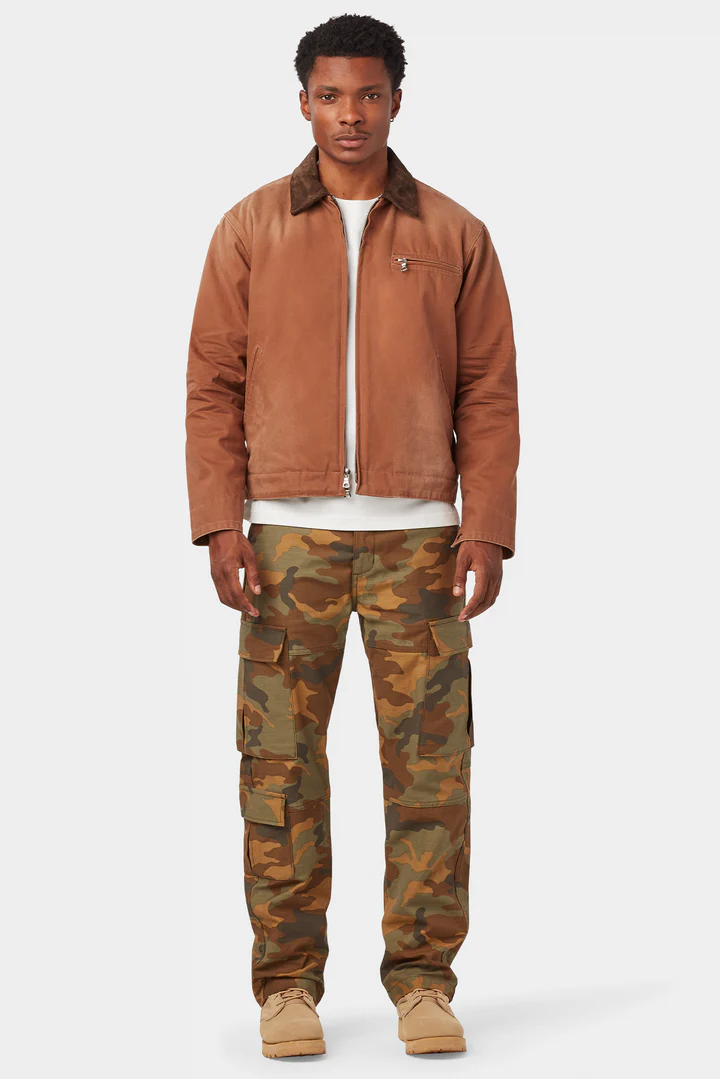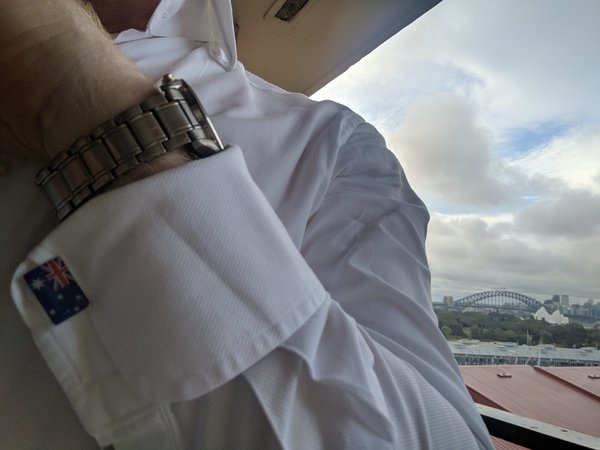FlaneurNYC
Distinguished Member
- Joined
- Jun 23, 2007
- Messages
- 1,323
- Reaction score
- 57
They look great. Enjoy them and be especially thankful that they're not perfect, digitally-engraved bores.
I think it was Neil Young who said that analog is like being hit in the face with an ocean spray -- where with digital you're hit with millions of tiny ice cubes, all exactly the same.
Do have a question though -- I should learn to appreciate that because this is hand engraved, the engraving on one is slightly dissimilar to the other, correct?
They look great. Enjoy them and be especially thankful that they're not perfect, digitally-engraved bores.
I think it was Neil Young who said that analog is like being hit in the face with an ocean spray -- where with digital you're hit with millions of tiny ice cubes, all exactly the same.




